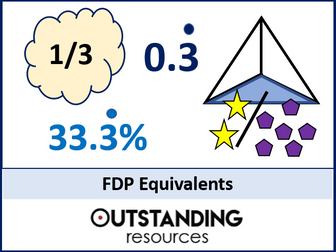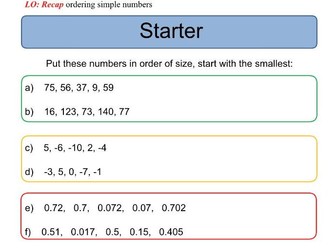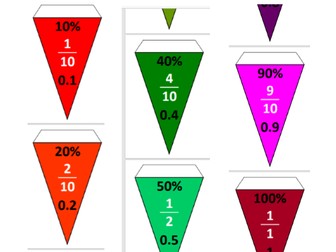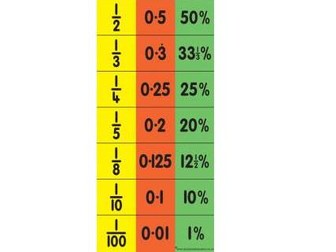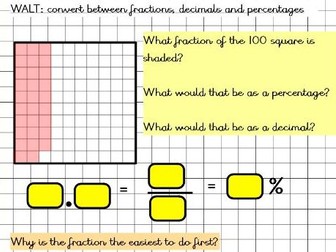
Fractions, Decimals and Percentages (FDP Equivalents)
This is a whole lesson on FDP Equivalents. This lesson is one of the most important in mathematics and is one of the keys to be good at mental maths as well as understanding the vital area of equivalence. This lesson is ready to go, with no prep required. It is also great for home learning. 23 slide presentation + lots of extra resources.
The lesson includes:
+ a starter
+ learning objectives (differentiated)
+ keywords
+ Superb teaching slides
+ lots of examples
+ snap game
+ matching activity
+ worksheet (with answers)
+ Plenary (using Traffic Light Cards)
ALL LESSONS on Number in one BIG Bundle:
Number: All Lessons
LASTLY:
This lesson is flat packed for copyright purposes.
Please provide a RATING with written feedback.
Please email outstandingresourceshelp@gmail.com if there are any issues and we will respond within 48 hours.
